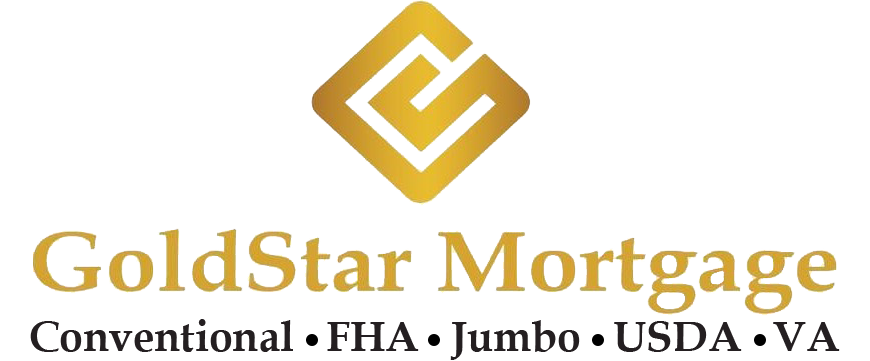What Is a Conventional Loan?
There are scores of mortgage loans, but they generally fall into two broad categories: Loans that are insured or guaranteed by the government, such as FHA, VA and USDA loans, and loans not insured or guaranteed by the government, which are called conventional loans. The majority of home loans are processed with a conventional loan.
Although conventional loans are not insured or guaranteed by the government, they follow guidelines set by Fannie Mae and Freddie Mac, two large publicly traded corporations (agencies) formed by Congress to purchase the loans that lenders make.
So, what's the best loan for you? Government-guaranteed or conventional? Because conventional loans generally have fewer restrictions than government-guaranteed loans, lenders may have more discretion to offer their borrowers more flexible terms, features … and benefits.
As opposed to government backed loans, with a conventional loan, the lender is at risk should you default on repayment. The lender will try to recover as much of the remaining balance as possible if you cannot make payments any longer. This could include a short sale or foreclosure on your property.
The added risk incurred by a lender is why anyone with a conventional loan is required to pay private mortgage insurance if they put down less than 20%.
Conventional Loan Benefits
- Down payments as low as 3%
- Fewer restrictions compared with government-back loans, such as no military affiliation (VA) or rural area (USDA) required
- No upfront mortgage insurance required
- Private Mortgage Insurance (PMI) can be canceled after 20 percent equity is achieved. A borrower must initiate MI termination based on original value of property if that property is their principal residence or second home, and the borrower has an acceptable payment record.
- Higher credit scores can result in a lower interest rate
- Less strict appraisal and property requirements than FHA, VA or USDA loans
- Loan processing is faster
- Term lengths can vary between 10 and 30 years
Conventional Loan Requirements
Back to Top
In essence, you will need to complete the mortgage application and offer up information on your background, credit history, and credit score.
To be more precise, requirements include:
- As with government-backed loans, applicants must show proof of income, assets, and source of down payment or gift
- Minimum FICO score of 620
- Nationwide conventional loan limits of $510,400; up to $765,600 in higher-cost regions
Those with credit scores well under 650, or who have declared bankruptcy or been foreclosed upon in the last seven years, or have a debt to income ratio of more than 43%, or have much less than 20% to put down on the home may have greater difficulty qualifying for a conventional loan.
Technically, you can put down as little as 3% for a conventional loan, although it is usually recommended you opt for more.
Conventional Mortgage Options
Many consumers mistakenly believe that these loans require a 20 percent down payment. Although doing so would eliminate the need for Private Mortgage Insurance (PMI) - the borrower who makes a smaller down payment can cancel PMI once the mortgage balance is paid down to 80% of the home's original praised value, as outlined above. When the balance falls below 78%, the mortgage servicer is required to eliminate PMI, if the borrower meets investor requirements. If a borrower’s payments are current and the loan is eligible for automatic termination based on its scheduled amortization, then the servicer must cancel MI immediately.
For buyers with a stronger credit profile, they will typically find conventional loans a more economical choice than a government-backed loan. And, of course, if they come in with a down payment of 20% or more, they don’t pay any mortgage insurance, unlike FHA borrowers.
Conforming & Non-Conforming Conventional Loans
Two types of conventional loans exist—conforming and non-conforming. Conforming conventional loans meet guidelines established by Fannie Mae and Freddie Mac, those government sponsored entities which purchase mortgages from lenders.
One of the most relevant guidelines is the loan limit, which was $510,400 for single-unit properties in 2020. This is known as the baseline loan limit since it is the most that can be borrowed. This limit can be as much as $765,600 in high-cost regions.
Those conventional loans that exceed this loan limit are known as non-conforming conventional loans, sometimes referred to as a Jumbo Loans, portfolio loans, and investor loans. These conventional loans do not meet the loan requirements for Fannie Mae and Freddie Mac and so are not purchased by them. Rather, they are funded by lenders or private institutions.
In sum, while conventional loans are sometimes more difficult for first-time homebuyers to qualify for with their higher credit score requirements, those with more money to put down (especially those who can put down 20%) can take advantage of the low interest rates and avoid the headache or having to purchase mortgage insurance, possibly saving thousands of dollars each year.

